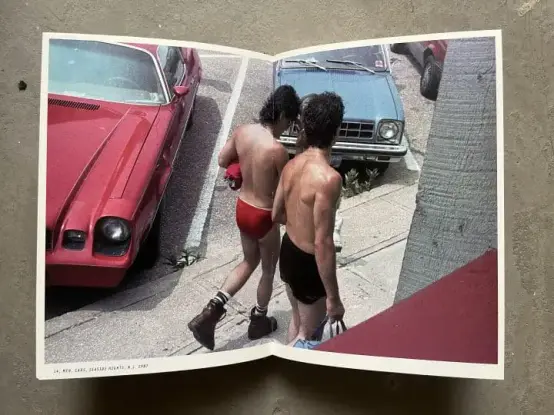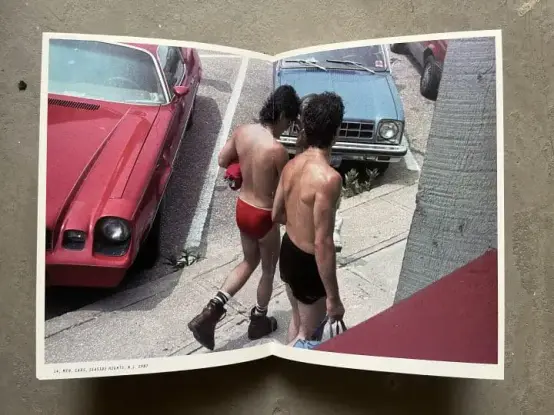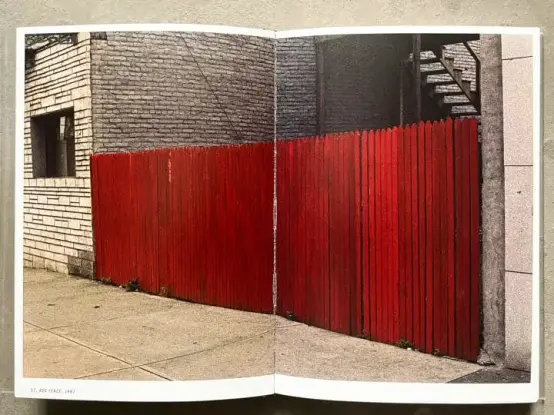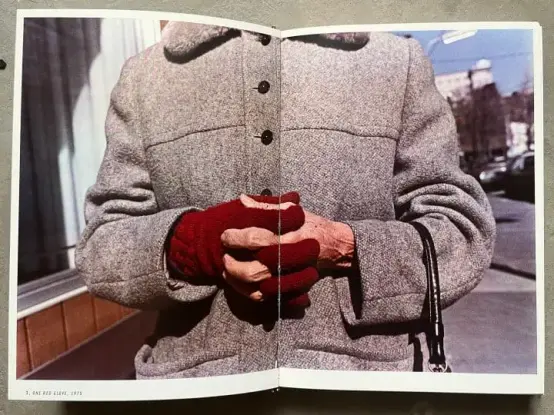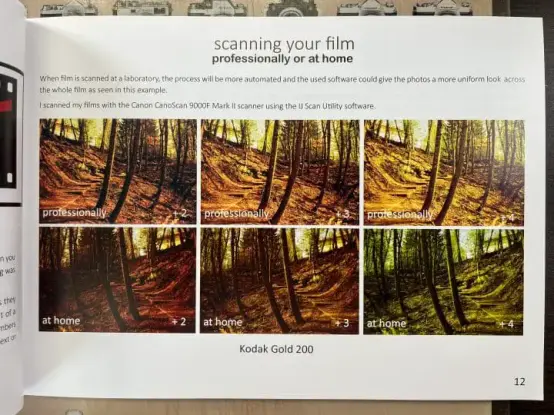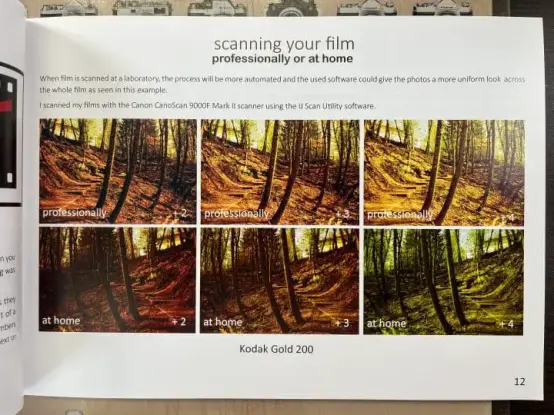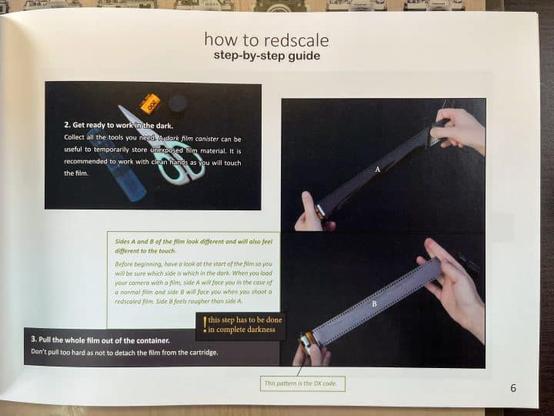Jesse’s Book Review – Eikoh Hosoe
Jesse's Book Review - Eikoh Hosoe
Simply titled after the photographer, Mack Books has put out what aims to be the single stop Eikoh Hosoe retrospective edited by renowned photography critic Yasufumi Nakamori. I am quite sure anyone would rather have all of Hosoe’s individual books corresponding to his various projects that this comprehensive volume is made up of, but realistically such a feat isn’t feasible. Previously reviewed essential photo book, "Man and Woman" currently goes for the price of a used entry level Hyundai, so this beautifully printed edition is extremely viable. And as another now quintessential retrospective photo book has shown in Lee Friedlander's MoMA, there is a value in these that goes beyond what one should never own in those greatest hits photo books.
One of the points unique to a Hosoe retrospective, as say to any other photographer, is how Hosoe's work can be viewed as a zeitgeist of Post War Japanese art in general really adding to the value through context. He crosses over to so many mediums that you get a survey of the avant-garde from dance and theatre to cinema and literature and it goes in periods reflected in the times. So amongst his early work is a preoccupation with the atomic bombing a decade after its use where the bomb itself had exceeded its wartime context and had by then become a ubiquitous symbol. However what Hosoe did during this stage was break away from the social realism of Ken Domon for what he coined “subjective documentary.” He sought to personalize the experience seeing it impossible to simply disassociate oneself where one is physically present. This is essentially what the upcoming directors who would solidify themselves at the end of the decade would do from the golden age of cinema that could be broadly described as the transition from Yasujiro Ozu to Nagisa Oshima. Literature would see the rise of its now only surviving writer of junbungaku (a genre considered dead that translates into serious literature) Kenzaboro Oe who begin his career getting to the heart of the matter on the bomb victims themselves who to that point had been denied by the government for compensation and treatment. However, this would culminate into two things for Hosoe in his experimental film “Naval and A-Bomb’ and the other the founding of the photo agency VIVO, which didn’t last long but began his association with photographers Shomei Tomatsu, Ikko Narahara, Kikuji Kawada, and Yasuhiro Ishimoto.
This would get into the avant-garde of the 60s where Hosoe in 1959 went to one of the first ever Butoh performances based on the Mishima novel “Forbidden Colors” where he made life long friends with the performers Tatsumi Hijikata and Yoshito Ohno. This relationship and the avant-garde movements along with the protests among other things against the revision of the Japan-US security pact was all subtly reflected in his work of the period that he is perhaps most known for in “Man and Woman” and “Kamaitachi.” To the former and something I didn’t mention in that review, although not derived from butoh, it still features Hijikata off stage, in something where very even today holds avant grade notions of gender play, challenging fixed binaries either male/female, to even human/animal. I also say this into the accusation of Hosoe simply being labeled as something as generic as engaging in “staged photography’, but a photography where the camera is transformed into the theatre itself, and why not… both mediums share in common a single forced frame stage.
Taking a step back, this period shares a lot in common with the Art Theatre Guild (ATG) films of the late 60s and 70s when traditional Japanese production companies had gone into decline. It came to represent another pinnacle of the avant-garde featuring the later films in the decade by Nagisa Oshima, Shohei Imamura, but also more exclusively Toshio Matsumoto and Shuji Terayama the later of whom I personally think of instantly when looking at the extremes of the Japanese avant-garde. You could pause anyone of the films take a screen capture and sneak it into a Hosoe book and the aesthetics would prove suitable…seriously haha.
This period going into the early 70s would see the publications of his other notable books in “Embrace” and the first re-issue of “Ordeal by Roses”. The latter is an interesting instance where the second edition of a book becomes the most coveted expanding from the first edition, then named “Killed by Roses”. Again featuring the who of who of the art of the time, the cover of the second edition was designed by Yokoo Tadanori with a preface by Mishima, and new prints by Daido Moriyama. The book carrying a theme of life and death with Mishima as the primary photo subject saw a reconfiguration by Mishima himself where the last chapter titled, “Death" became omniscient as the release was slated originally around the time of his suicide by seppukku. Hosoe halted the release of the book, something in hindsight he probably shouldn’t have done as Mishima was entirely about the theatrics of his death and he had this other notion of denying beauty its decline that the book sought to emphasize and his premature taking of his own life in one way was considered to be forgoing of his physical decline. Also and never mentioned, Mishima’s last novel, “The Decay of an Angel” was sent off to publisher the morning of his planned death and with “Ordeal by Roses” slated for release that month…it does become more seemingly intentional in regards to the Hosoe book.
Skipping to the 80s, where Oe once argued was the death of serious literature in Japan, their cinema was also in full decline while their economy was at all time heights, saw Hosoe releasing his photo book on the architecture of Gaudí. For him this was a life long project, but for a someone standing back and looking at the 80s it is curious as avant-garde director turned ikebana master Hiroshi Teshigahara suddenly came back to filmmaking the same year releasing a film on….Gaudí, both of which carried a preoccupation with his forms.
For Hosoe, those forms represented organic flesh, I recall a childhood excerpt from Hosoe being evacuated to the countryside during the final stages of the war and returning to Katsushika ward (that was unscathed in the war explaining why east Tokyo still comes off as the oldest sections of Tokyo and to some the most dangerous) where crossing the Arakawa river to the area that was bombed. He saw remnants of human shaped bumps in the bridge's asphalt, traces that suggested people had died on top of one another en masse. The forms Hosoe’s camera reveal are oddly human, where Teshigahara’s camera floated along the lines of the forms like the lines of his bamboo ikebana installations. Skipping ahead and compounding it all, the early 2010s saw the release of his “Book of Genesis: Portraits of Artists in their Youth" that really served as a who is who of the Japanese avant-garde of photos he took of artists before they became famous. In addition to really varied portraiture, most notably we see early photos of Yayoi Kusama among others. This brings back full circle the idea of his career as a zeitgeist that the book thoroughly covers.
It is a steal at $80, $85 for a signed copy while supplies last from the Mack Books website. It is available in both English and Japanese language editions.
Eikoh Hosoe (English edition) Yasufumi Nakamori (ed.)
Jesse Freeman is a friend, photographer and movie buff. He has a great knowledge of photography books and classic cinema. He can also be relied upon for decent music recommendations.
You can see more of his work and passions at the following places:
<https://www.instagram.com/jesselfreeman/>
<http://www.flickr.com/photos/imnothinginparticular/>
Want to read Jesse 's other great reviews? Then click here to go to the archives.
JCH
The post Jesse's Book Review - Eikoh Hosoe appeared first on Japan Camera Hunter.
#jessesbookreview #bookreview #eikohhosoe #japanesephotobooks #jesse #jessefreeman #jessesbook #photobookreview #photobooks #photographybooks #yasufuminakamori
